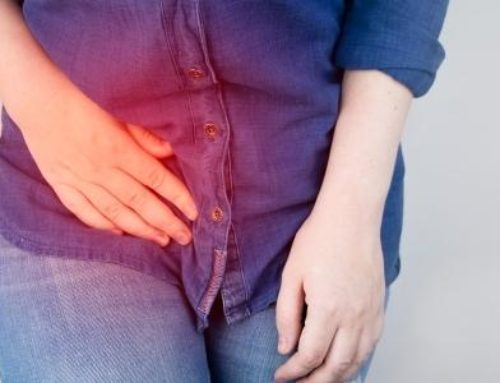
You may have heard the term FODMAPs in the media. Perhaps you have a friend who’s following a low FODMAP diet. But what exactly are FODMAPs and who would benefit from trialling a low FODMAP diet?
What are FODMAPs?
The acronym FODMAPs refers to four groups of carbohydrates. It stands for:
Fermentable Oligosaccharides, Disaccharides, Monosaccharides And Polyols.
These carbohydrates (FODMAPs) are not absorbed by the body as well as others. The ability to digest FODMAPs differs from person to person, as do the symptoms caused by poor absorption.
Because FODMAPs are poorly absorbed, they remain in the large bowel, where they are fermented by the bacteria naturally living there. The result is production of gases, which can cause bloating, abdominal pain and wind. The gas production may slow movement through the bowel, leading to constipation. Due to their small size, when FODMAPs are mal-absorbed they can also draw water into the bowel. This can lead to diarrhoea in some people. The collective term for these symptoms is Irritable Bowel Syndrome or IBS.
The fact is, FODMAPs are poorly absorbed in everyone. So why do only some of us experience these unfortunate symptoms? There are two main reasons for this:
1. Gut hypersensitivity to gas production – in individuals who experience IBS, the amount of gas produced in the large intestine may be greater, or the gut is more sensitive to the gas produced.
2. Bacterial overgrowth in the small intestine – in some people, some of the bacteria that normally live in the large intestine, move up into the small intestine. This is known as ‘small intestinal bacterial overgrowth’ or SIBO. Because this section of the bowel is so narrow, any gas produced by bacteria here will cause abdominal distension, bloating and discomfort.
Where IBS symptoms are experienced, it is important to rule out other serious gastrointestinal diseases (inflammatory bowel disease, coeliac disease and bowel cancer) and some gynaecological conditions. This is why it’s important not to ‘self-diagnose’. If you are experiencing these types of symptoms, please visit your GP before changing your diet.
Once more serious causes for your symptoms have been ruled out, your doctor will usually diagnose IBS and refer you to a dietitian for further help. Since the majority of FODMAP containing foods form part of a healthy balanced diet, it is important that these foods are not unnecessarily excluded from the diet long term. For this reason, you should work with an Accredited Practising Dietitian (APD) to determine which foods are causing problems and to ensure that you are still obtaining all the nutrients you need to maintain good health.
What is a low FODMAP diet?
FODMAPs exist in our diet as Fructans, Galactans, Lactose, Fructose and Sugar Polyols. Common FODMAP foods include, wheat, onions, garlic, legume beans, lentils, Brussels sprouts, some dairy products, honey, apples, pears, stone fruit, mushrooms and sorbitol (420).
Your dietitian will work with you to rule out any other dietary related reasons for your IBS symptoms, before suggesting the low FODMAP trial process. A low FODMAP diet is usually followed for 4-6 weeks. This will allow enough time to see if FODMAPs are causing your gut symptoms. After 6 weeks, FODMAP containing foods are gradually reintroduced into the diet. This systematic approach allows you and your dietitian to determine which FODMAPs are being poorly digested. These FODMAP containing foods can then be either avoided or consumed in minimal amounts to remain symptom free.



